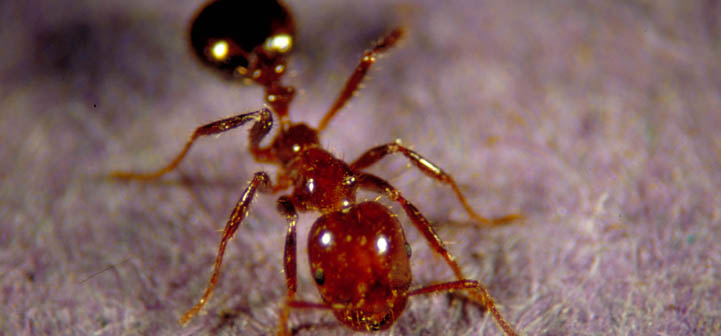FA Youth Home > List of Exercises > Just Floating Along
Activity: Just Floating Along
Hands-on Exercise:
Try this experiment to see why ships needed “ballast.” This activity will demonstrate the need for “ballast” in the “hold” of a ship to maintain the ship in an upright position as it travels the seas from port to port.
Overview
Students will place plastic bags (filled partly with soil or rock to create various weights) in the center of a plastic container cut lengthwise that is floating in a container of water. The students will observe how the empty plastic container floats on the water, then make similar observations as the bags of soil or rock are placed in the center of the plastic container.
Objective
Students will better understand the concepts of “hold” and “ballast.” This activity will demonstrate the need for ballast in the hold of a ship to maintain the ship in an upright position as it travels the seas from port to port.
Materials
- Plastic 1-liter soft drink bottles, or plastic toy boats if desired
- Sturdy scissors that can cut through the plastic bottles
- Containers (large enough that the plastic bottles will fit into lengthwise) filled with water
- Plastic sandwich bags filled with soil, sand or rocks (make the filled plastic bags of various weights)
Instructions
- Cut the plastic bottles in half lengthwise to resemble a boat.
- Place the plastic bottles into the containers filled with water.
- Observe how the plastic bottle floats.
- Place a filled sandwich bag (“ballast”) into the center of the bottle.
- Observe how the bottle floats.
- Place more bags into the bottle until it sinks, making observations on how the bottle floats.
Questions to answer
- Does the bottle sit evenly or unevenly in the water?
- Does adding the filled sandwich bag stabilize the bottle so it floats better?
- Does it matter where you place the sandwich bag in the plastic container? Front? Middle? Back?
- What happens when you place too many bags in the plastic bottle?
Additional activity information for instructors
This activity is designed to teach students about a ship’s ability to stay afloat and how other objects either float or sink. This could be used in the classroom or for a youth’s science fair project.
Wrap-up
- Remind the students that the inside of the plastic bottle could be considered the “hold.” The sandwich bags could be considered as ballast.
- Is “ballast” important for ship to float correctly? What happens when too much “ballast” is placed in the hold of a ship? Too little?
- Could water be used as “ballast?”
- What type of ship would want to take on too much “ballast” to make it sink? A submarine takes on water as “ballast” to help it sink below the water line.
Additional Information for Instructors
-
You may want to refer to the original KIDzANTS Teacher Manual, which was included in the original release of the KIDzANTS Red Imported Fire Ant Youth module developed by the Texas A&M AgriLife Extension Service.
| << Previous: List of Exercises | >> Next Exercise: Where In The World? |

